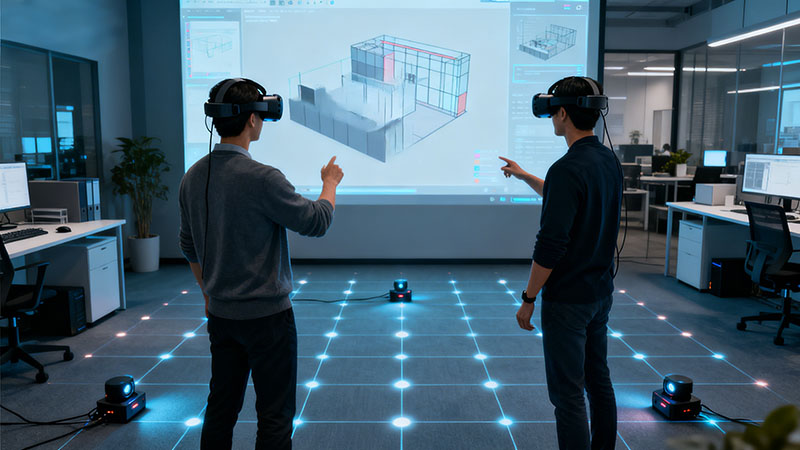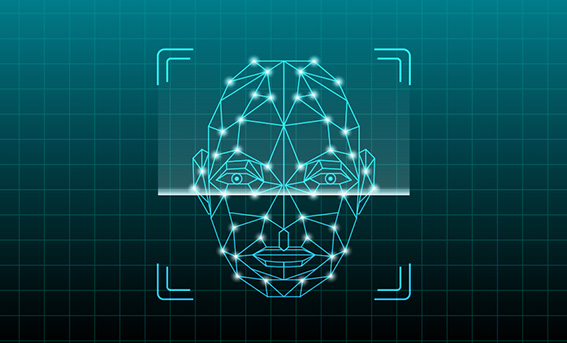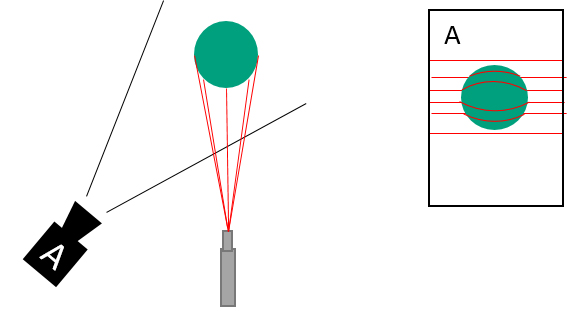Time-of-Flight (ToF) sensors have become a cornerstone of the next generation of immersive experiences in Augmented Reality (AR) and Virtual Reality (VR). These sensors are significantly improving the depth sensing, motion tracking, and real-time interaction capabilities of AR/VR systems, offering more accurate and responsive user experiences. As a result, ToF sensors are not only enhancing existing devices but also enabling new applications that were previously impossible. In this article, we’ll explore how ToF sensors are changing the landscape of AR and VR, highlighting their impact on user experiences, supported by real-world applications and data.

1. ToF Sensors and Improved Depth Sensing in AR/VR
Depth sensing is a fundamental component of both AR and VR systems, as it enables virtual objects to interact seamlessly with the physical environment. ToF sensors excel in providing highly accurate, real-time depth measurements, which makes them ideal for AR applications where virtual objects must align with the real world.
For instance, AR retail applications, such as those offered by IKEA, allow users to visualize how furniture will look in their homes. ToF sensors help create accurate 3D depth maps of the room, ensuring that virtual items fit into the space as they would in real life. This improves the user experience by making virtual objects appear more realistic.
In 2023, Statista reported that 42% of consumers in the U.S. used AR applications for shopping, with depth-sensing capabilities leading to more successful engagements in retail and home design applications.
2. Real-Time Motion Tracking in AR/VR Gaming and Applications
In AR and VR, motion tracking is essential for creating realistic interactions between the user and the virtual environment. ToF sensors enhance motion tracking by providing highly accurate, low-latency data, which is crucial for applications like VR gaming, where precise movement tracking is needed.
For example, VR systems like the Oculus Quest and HTC Vive use ToF sensors to track hand and body movements with greater accuracy, providing a more immersive experience. A study by the VR Industry Forum found that VR gaming systems with advanced motion tracking had a 30% higher user satisfaction rate compared to systems with less accurate motion detection.
ToF sensors enable finer details, such as detecting small hand gestures or body movements, which improve the immersion and fluidity of VR games. As a result, the user experience becomes more natural and interactive.
3. Enhancing AR/VR Interactivity with Gesture Recognition
Gesture recognition is another area where ToF sensors are making a significant impact. Unlike traditional input methods such as controllers or touchscreens, ToF sensors can detect natural hand movements and facial expressions, allowing users to interact with virtual environments in a more intuitive manner.
For example, in social VR applications like VRChat, users can interact with virtual avatars using hand gestures and facial expressions, which are tracked by ToF sensors. This enables more realistic communication in social virtual environments. Such interactivity makes virtual worlds feel more engaging and human-like, as users can express emotions and intentions through gestures, similar to face-to-face interactions.
As VR platforms like VRChat and AltspaceVR integrate ToF-based gesture tracking, they are enhancing user engagement and promoting more natural interactions in virtual spaces. This is especially important in multiplayer VR settings, where effective communication is key.
4. Safety Enhancements in VR with ToF Sensors
One challenge with VR is ensuring user safety when immersed in a virtual world, especially in environments that may not be aware of real-world obstacles. ToF sensors help mitigate this by detecting objects in the physical environment, alerting users if they are at risk of colliding with something.
Systems like the HTC Vive and Oculus Rift use ToF sensors to monitor the proximity of physical obstacles, such as walls or furniture. This allows users to stay aware of their surroundings, ensuring that they don’t bump into objects or people while immersed in VR. This feature is critical in maintaining a safe experience, especially when users are performing energetic or immersive tasks in VR.
HTC’s Vive Pro, for example, incorporates ToF sensors to provide boundary alerts, allowing users to know when they are nearing the edge of their play area. This prevents accidents, such as tripping over furniture or colliding with walls.
5. The Future of ToF Sensors in AR/VR: Trends and Predictions
The future of ToF sensors in AR and VR looks promising. As technology improves, several key trends will shape the future of these devices:
1. Miniaturization and Cost Reduction
ToF sensors are expected to become smaller and more affordable, opening the door to their integration in more consumer-grade AR/VR devices. The ToF sensor market is predicted to grow at a CAGR of 25% from 2023 to 2030, according to a report from Global Market Insights.
This will enable more affordable AR glasses and VR headsets that can deliver high-quality experiences without significantly increasing the cost of devices. As the technology becomes more mainstream, the potential for ToF sensors to transform AR and VR is immense.
2. Integration with AI for Enhanced Interaction
As AR and VR systems evolve, ToF sensors will likely be integrated with AI to create more personalized and adaptive experiences. For instance, AI could use depth data from ToF sensors to learn and predict the user’s behavior, adjusting the virtual environment in real time based on movement patterns or preferences. This could lead to highly personalized VR experiences that adapt to the user’s actions, enhancing immersion even further.
3. Advancements in Facial and Eye Tracking
ToF sensors are also likely to be paired with advanced facial and eye tracking technologies. This will enable AR/VR systems to better understand the user’s emotional state and adjust content or interactions accordingly. This is particularly valuable in training simulations and therapeutic VR, where emotional responses can be used to tailor experiences to the individual user.
Conclusion
ToF sensors are revolutionizing the AR and VR industries by providing superior depth sensing, real-time motion tracking, and enhanced interactivity. These sensors enable more immersive, responsive, and natural user experiences, making them an essential component of modern AR/VR systems. As the technology advances, ToF sensors will continue to shape the future of these fields, enhancing applications in gaming, retail, healthcare, and social VR.
The integration of ToF sensors into consumer devices will only continue to grow, driving the development of more affordable, immersive, and personalized AR/VR experiences. The potential for these sensors to transform the way we interact with virtual worlds is vast, and the future of AR/VR looks more exciting than ever.





